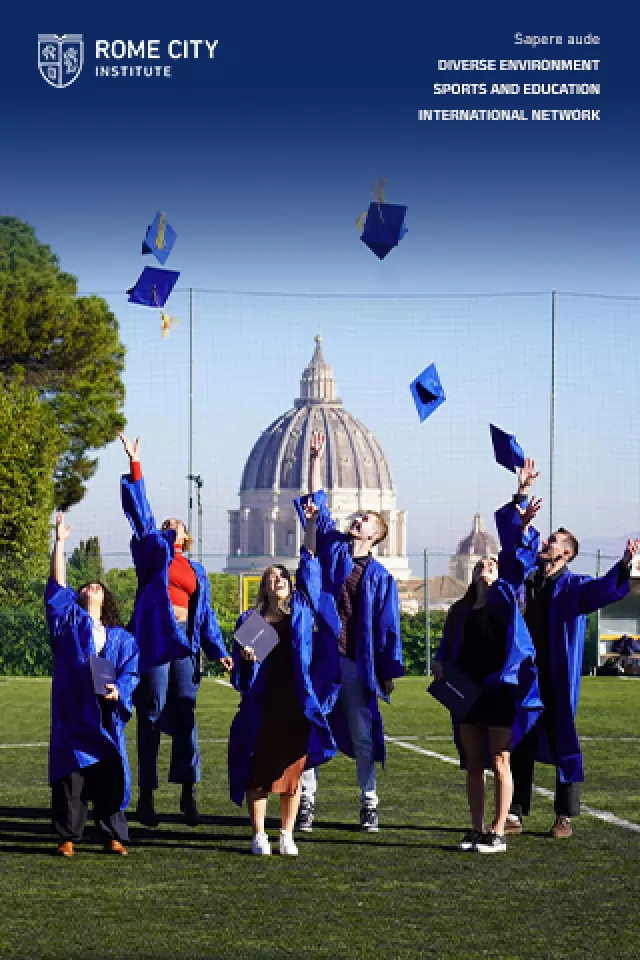Villa Gregoriana returns to its former glory.
For more than 150 years this steep horseshoe-shaped park was an important part of the tourist itinerary in Tivoli. It was visited by artists, poets, kings and emperors, but then it fell into a state of abandonment and disrepair. Finally, in mid-May, FAI (Fondo per lAmbiente Italiano) reopened Villa Gregoriana in its original splendour after more than ten years.
So what is Villa Gregoriana? To begin with, it is not a villa at all, but a park, dramatically set in the bed of the old cascading waterfalls of the river Aniene.
The area of the Villa Gregoriana park was considered a sacred place from the 2nd century BC, when temples to the gods Tiburnus and Vesta were built on the clifftop overlooking the cascades. As well as being a place of worship it is known to have been the site of the riverside home of Manlio Vopisco, a Roman consul in 14 AD. Other influential Romans probably had summer houses in the vicinity too.
Until 1826 the river flowed through the upper part of the town of Tivoli and over a series of waterfalls into the valley below a scene painted by Van Vitteli, Corot, Piranesi and Goethe, among others. Then, after a season of exceptionally heavy rainfall, the river flooded in Tivoli, washing away many buildings in the lower part of the town and causing loss of life and considerable erosion to the beds of the waterfalls. The pope of the time, Gregory XVI, ordered reconstruction work and had a bridge built over the river (ponte Gregoriana) to reunite the two sides of the town. He then commissioned several architects to present projects to protect the town from further disasters.
The architect who was finally appointed, Clemente Folchi, constructed a 300-m tunnel, the canale Gregoriana, through Monte Catillo, a small hill standing to one side of the original riverbed. The river was diverted through this tunnel, at the end of which the water fell more than 100 m to the valley below.
Having moved the course of the river and rendered the town safe, the original course of the cascades was converted into a public park for the benefit of the local population and tourists.
In 2002 the Italian state granted FAI the concession to Villa Gregoriana for e20,000 a year and work began on a survey of the grounds, including not only their structural state but also the flora and fauna, architecture and archaeological remains in the park, and a detailed analysis of the areas at risk. This first project has produced a detailed database of the elements making up the park, much of the information coming from archives, libraries and picture collections, as well as a detailed map of the site. This has permitted FAI to plan a conservation project for the future management of the villa.
With sponsorship from numerous private donors (Unicredit, Esso Italiana, Fontana Arte, Lualdiporte) and with assistance from the Tivoli council and the provincial government, FAI has restored all the paths and stairways, built more than two kilometres of retaining walls, balustrade and hand rails, restored the fountains, cleared ancient waterways and pruned more than 2,500 trees. The visit to the garden is a strenuous walk down to the bottom of the valley, through woods and tunnels to the terrace overlooking the great waterfall, along the old riverbed and into the grottoes of Neptune and the Sirens, to re-emerge at the other side of the valley below the temples.
Work will continue in the gardens and on the restoration of the temples to Tibernus and Vesta and, using funds from the Lazio regional government, a new water-cleaning plant will be installed in the river Aniene above the villa. FAI is planning to launch a scheme in the villages in the mountainous district where the river rises to encourage the local population to use the river with care, not as a rubbish dump. In fact, the organisation has had to remove five tons of old fridges and washing machines from the bottom of the great waterfall.
FAI has been at work since 1975 to save, restore and open to the public places of artistic, historic and natural importance. A private, non-profit making foundation similar in style to the British National Trust, and with a membership of more than 60,000 people throughout Italy, it usually receives properties as gifts, by inheritance, on free loan or, as in the case of Villa Gregoriana, as a concession. These properties vary from a castle near Turin to an ancient naval defence post on the north coast of Sardinia, from an abbey in Liguria to a Liberty-style newspaper kiosk in Mantova, from the gardens in the Valley of the Temples in Sicily to an art deco barbers shop in Genoa. It manages 22 properties, almost all of which have been carefully restored and are open to the public with frequent events, markets and exhibitions. Villa Gregoriana is FAIs first property in Lazio.
The park has special facilities for disabled people and a FAI office and cafeteria designed by the Italian architect Gae Aulenti.
Villa Gregoriana is open 1-31 March 10.00-14.30; 1 April-15 October 10.00-18.00; 16 October-30 November 10.00-14.30. It is closed on Mondays except for holidays, and throughout December, January and February.
Tickets are 4 for adults, 2.50 for 4-12 year olds. Guided tours are available with prior booking. For information tel. 063996770 or www.fondoambiente.it.

















